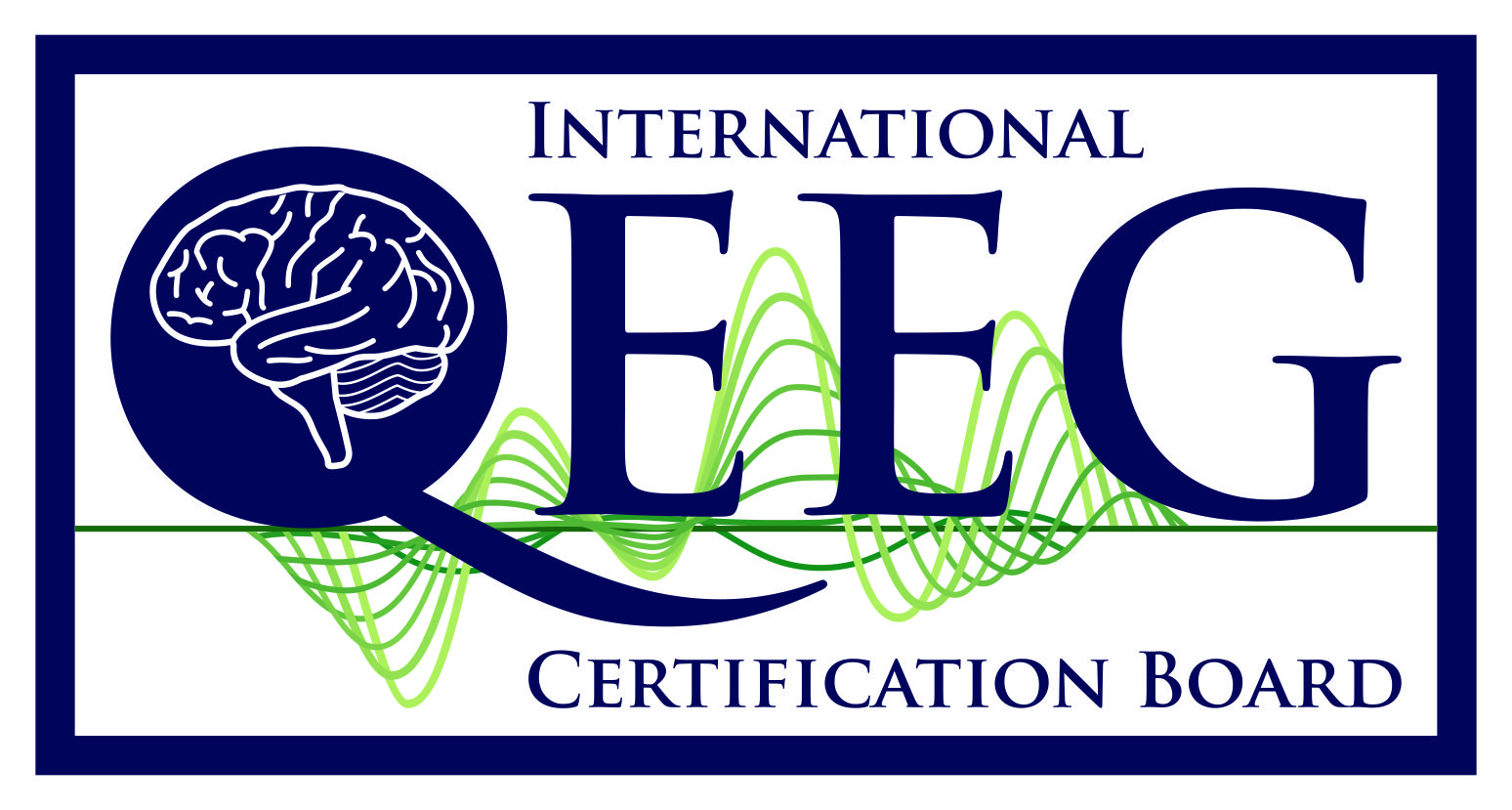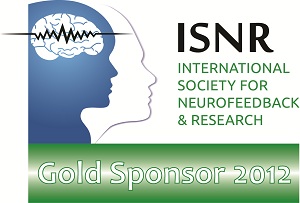StressTherapy Solutions presents
BCIA Didactic Course – Neurofeedback Bootcamp for Beginners
May 31 | June 14, 28
July 12, 26 | August 9, 23
September 6
Virtual Workshop


Thomas Collura Ph.D., QEEG-D, BCN, LPCC-S
McGill Scott PhD., PSY
Total CEs: 36 Hours
Whether you’re looking to become familiar with neurofeedback or expand your existing knowledge, this course serves as a guide to navigating basic steps that will improve and enhance your practice. This program not only explores the use of neurofeedback software and equipment, but also brings to light current research and treatment techniques that have ensured positive changes in clients and benefited clinicians worldwide. It is also the only course that introduces database guidance and live Z-score training! Practitioners seeking BCIA certification can also earn up to 36 credit hours if they attend the full course!
BCIA Blueprint Areas
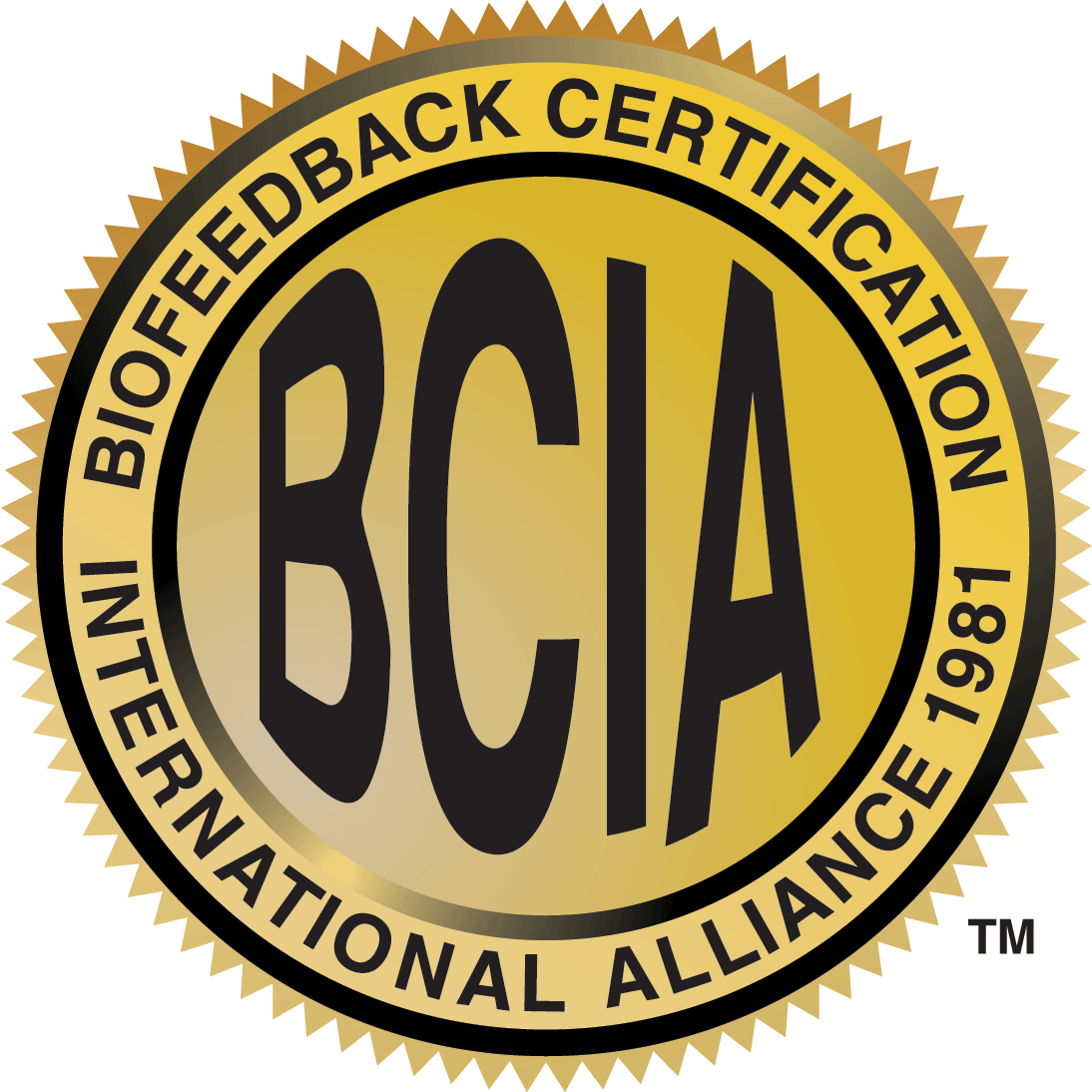
- Orientation to Neurofeedback – 4 hours
- Basic Neurophysiology and Neuroanatomy – 4 hours
- Instrumentation and Electronics – 4 hours
- Research Evidence Base for Neurofeedback – 2 hours
- Psychopharmacological Considerations – 2 hours
- Developing Treatment Protocols – 6 hours
- Treatment Implementation – 6 hours
- Ethical and Professional Conduct – 2 hours
- Current Trends in Neurofeedback – 2 hours
- Patient Client Assessment – 4 hours
Learning Objectives:
-
1. Specify the relevant issues pertaining to scope of practice.
2. Explain the difference between ethical rules and legal rules in clinical practice.
3. Identify pertinent client rights and standards of care related to EEG monitoring.
4. Contrast the ethical and legal considerations as an EEG or EEG/QEEG provider.
5. Describe the physiological principles of the origins of the EEG in a client.
6. Specify the differences between EEG and EEG/QEEG.
7. Summarize the various approaches utilized in conducting EEG recording sessions.
8. Describe the various frequency bands and EEG/QEEG components.
9. Specify the Brodmann area functions and network connections.
10. Explain the l0-20 International Standard placement for 19 channel EEG recording.
11. Explain sources in the brain from which various frequency bands normally emanate, and their physiological basis.
12. Identify at least 5 sources of noncortical biological artifact in the EEG.
13. Indicate the developmental changes in the EEG.
14. Specify the various functions of cortical structures.
15. Contrast differences between t-tests, alpha and p levels, correlational relationships, and z-scores.
16. Explain how clinically measured T-tests, alpha and P levels, correlational relationships, and z-score measures are used in EEG/QEEG as decision-making tools.
17. Identify the concepts of Type I and Type II error, and power of a statistical test.
18. Describe how to interact with a client to achieve an optimal EEG or EEG/QEEG recording.
19. Identify how to make necessary adjustments or instructions during an EEG or EEG/QEEG recording session, depending on client response or observed recordings.
20. Contrast the conditions identifiable using EEG with those identifiable when using EEG/QEEG.
21. Describe the commonalities and differences in available EEG and EEG/QEEG recording devices and software.
22. Identify the best subject inclusion and exclusion criteria for building a database.
23. Explain the fundamental statistical considerations within EEG/QEEG databases.
24. Distinguish the levels of experimental design in scientific research.
25. Describe examples of the various contemporary methods of processing and displaying EEG/QEEG statistical data (maps, etc.).
26. Explain how clinical presentation of a client may affect the EEG.
27. Identify whether a client is suitable for an EEG or EEG/QEEG study.
28. Describe the steps in conducting a EEG/QEEG analysis.
29. Describe the use of Z-scores in EEG/QEEG analysis and interpretation.
30. Indicate various methods of EEG assessment.
31. Describe what EEG signatures should be referred out to other professionals.
32. Demonstrate an understanding of LORETA interpretation and training along with limitations.
33. Describe the concept of neuroplasticity in relation to the EEG and EEG/QEEG
34. Demonstrate knowledge about general cognitive and clinical changes that take effect after neurofeedback training based upon published scientific articles.
35. Describe EEG connectivity metrics such as coherence, phase, and asymmetry.
36. Explain phase and coherence, how they relate and what they can mean in the interpretation of the EEG/QEEG.
37. Explain what defines the various EEG montages and the circumstances of their use.
38. Describe how LORETA and sLORETA-based interpretation and training provide unique capabilities compared to surface metrics.
39. Discuss a working knowledge of the montages, transforms and power displays along with the specific perspectives they can provide a reader of EEG/QEEG output.
40. Explain how to ensure that an EEG recording session has minimal artifacts or interference.
41. Create and construct a report on an EEG or EEG/QEEG session tailored to the client or referring practitioner’s needs.
42. Distinguish various Neuromodulation therapies and modalities ie: Neurofeedback
- Provide the required didactic instruction for BCIA certification
- Provide hands on practicum for attendees to learn to operate hardware, software, and run a training session
- Discuss clinical assessment, protocol development, and client care
Purchase Options:
Full Workshop – 8 Days
Price of Workshop: $950 USD for 8 days

[Day 1 of BCIA Bootcamp] – Friday, May 31
Orientation to Neurofeedback – 4 hours
16h00 – 18h00 SAST (10:00AM – 12:00PM EDT) – Part 1 (2 Hours)
- Definition of Neurofeedback (EEG Biofeedback) Neurofeedback is employed to modify the electrical activity of the CNS including EEG, event related potentials, slow cortical potentials and other electrical activity either of subcortical or cortical origin. Neurofeedback is a specialized application of biofeedback of brainwave data in an operant conditioning paradigm. The method is used to treat clinical conditions as well as to enhance performance.
- History and Development of Neurofeedback
- Pioneers in EEG and Neurofeedback (e.g., Caton, Berger, Adrian, Kamiya, others)
- Discuss highlights of the seminal studies in Neurofeedback (e.g., Sterman 1968, 2000, Lubar 1976, Birbaumer 1982, others)
18h00 – 18.45 SAST (12:00PM – 12:45PM EDT) – Break (45 Minutes)
18.45 – 20.45 SAST (12:45PM – 2:45PM EDT) – Part 2 (2 Hours)
- Overview of principles of human learning as they apply to neurofeedback
- Learning theory (e.g. habituation, classical and operant conditioning, discrimination, shaping, generalization and extinction.)
- Application of learning principles to Neurofeedback (e.g., generalization to the life situation, discrimination training, length and number of sessions, etc.)
- Assumptions underlying Neurofeedback
- Concepts of feedback and control in biological systems.
- Basic psychophysiology of stress and attention.
Research Evidence Base for Neurofeedback – 2 hours
20.45 – 21.15 SAST (2:15PM – 2:45PM EDT) – Part 1 (30 minutes)
- Interpretation of the methodological and statistical criteria and procedures for determining levels of efficacy and effectiveness of neurofeedback, as outlined in the Template for Developing Guidelines for the Evaluation of Clinical Efficacy of Psychophysiological Interventions and Evidence- Based Practice in Biofeedback & Neurofeedback.
- Key research studies establishing current efficacy levels of major applications of Neurofeedback (e.g., ADHD, Substance Abuse, Optimal Performance, etc.)
[Day 2 of BCIA Bootcamp] – Friday, June 14
Basic Neuroanatomy and Neurophysiology – 4 Hours
16h00 – 18h00 SAST (10:00AM – 12:00PM EDT) – Part 1 (2 Hours)
- Functional Neuroanatomy
- Basic neuroanatomy of ascending sensory pathways to cortex;
- Thalamic, cortical, and subcortical generators of EEG;
- General cortical and subcortical anatomy;
- Major functions of cortical lobes and major subcortical structures and Brodmann areas;
- Overview of connectivity, phase, and coherence concepts related to EEG networks and tracts (e.g. default network, nodes & modules.)
18h00 – 18.45 SAST (12:00PM -12:45PM EDT) – Break (45 Minutes)
Basic Neuroanatomy and Neurophysiology – 4 Hours
18.45 – 20.45 SAST (12:45PM – 2:45PM EDT) – Part 2 (2 Hours)
- Neurophysiology
- Bioelectric origin and functional correlates of EEG (pyramidal cell and dipole activity, resonance and synchrony, etc.)
- Definition of ERPs and SCPs.
- Relationship of post-synaptic potentials and action potentials to EEG.
- Neuroplasticity (e.g. LTD, LTP)
Research Evidence Base for Neurofeedback – 2 hours
20.45 – 21.15 SAST (2:45PM – 3:15PM EDT) – Part 2 (30 minutes)
- Interpretation of the methodological and statistical criteria and procedures for determining levels of efficacy and effectiveness of neurofeedback, as outlined in the Template for Developing Guidelines for the Evaluation of Clinical Efficacy of Psychophysiological Interventions and Evidence- Based Practice in Biofeedback & Neurofeedback.
- Key research studies establishing current efficacy levels of major applications of Neurofeedback (e.g., ADHD, Substance Abuse, Optimal Performance, etc.)
[Day 3 of BCIA Bootcamp] – Friday, June 28
Instrumentation and Electronics – 4 hours
16h00 – 18h00 SAST (10:00AM – 12:00PM EDT) – Part 1 (2 Hours)
- Essential Terms & Concepts
- Basic metrics and terminology in electronics and instrumentation such as, impedance, differential amplifier principles, analog and digital filters, basic electrical terms (e.g. AC, DC, sine waves, volume conduction, Nyquist principle, gain, Fourier transform, low/high bandpass and notch filters, etc.), and common mode rejection.
- Signal Acquisition.
- 10-20 International Standard measurement and nomenclature for 19 recording sites, both classical and modified.
- Comparison of QEEG to other neuroimaging techniques (e.g. PET, fMRI, CT, MEG, SPECT, etc.)
- Use of limited/greater number of electrodes (fewer/more than 19).
- Montage options and their characteristics.
- Recognizing and correcting signals of non-cerebral origin, such as but not limited to:
- Electromyographic
- Electro-ocular
- Cardiac (pulse)
- Sweat (skin impedance)
- Cable sway
- 60/50 Hz (grounding)
- Electrode “pop”
- Recognizing normal EEG patterns
- posterior dominant rhythm
- difference between eyes open and eyes closed resting conditions (e.g. posterior alpha attenuation)
- developmental aspects of EEG
- diurnal influences on EEG
- Evaluation of subject variables during acquisition
- alertness-drowsiness
- medication/drug/alcohol effects
- physical relaxation eyes closed/eyes open/anxiety
18h00 – 18.45 SAST (12:00PM – 12:45PM EDT) – Break (45 Minutes)
18.45 – 20.45 SAST (12:45PM – 2:45PM EDT) – Part 2 (2 Hours)
- Signal Processing
- Analog, raw EEG
- Basic signal measurement terms (e.g. amplitude, magnitude, power, Hz)
- Filtering methods and subjective characteristics of frequency bands (delta, theta, alpha, beta, gamma)
- Waveform morphology
- Source localization (LORETA inverse solution, Laplacian analysis)
- Clinically significant raw EEG waveforms (e.g. Mu, spike & wave, SMR, sleep spindles, etc.)
- Aseptic Techniques
- Client and trainer hygiene
- Equipment sterilization
- Cross contamination
- Instrumentation Demonstration
- Client preparation,
- basic set-up and operation of EEG equipment,
- proper electrode attachment and location of 10-20 sites,
- elimination of artifact from EEG recording,
- recognition of spike/wave activity in the raw EEG, etc.
Research Evidence Base for Neurofeedback – 2 hours
20.45 – 21.15 SAST (2:45PM – 3:15PM EDT) – Part 3 (30 minutes)
- Interpretation of the methodological and statistical criteria and procedures for determining levels of efficacy and effectiveness of neurofeedback, as outlined in the Template for Developing Guidelines for the Evaluation of Clinical Efficacy of Psychophysiological Interventions and Evidence- Based Practice in Biofeedback & Neurofeedback.
- Key research studies establishing current efficacy levels of major applications of Neurofeedback (e.g., ADHD, Substance Abuse, Optimal Performance, etc.)
[Day 4 of BCIA Bootcamp] – Friday, July 12
Patient/Client Assessment – 4 hours
16h00 – 18h00 SAST (10:00AM – 12:00PM EDT) – Part 1 (2 Hours)
- Intake Assessment.
- The client’s presenting symptoms and goals, medical and psychological conditions, medications, psychosocial and family history, and relevant biographical information, etc.
- Pre and post-treatment assessments such as neuropsychological tests, continuous performance tests, EEG/QEEG, appropriate to your practice and licensure.
- EEG Assessment.
- Standardized EEG Assessments (1 or 2-channel baselines)
- Overview of QEEG – 19-channel QEEG or an abbreviated Q
- Reading topographical displays (brain maps) and connectivity/coherence displays
- Normative Databases
- definition
- common properties
- how they are used
- Recognizing common normal and abnormal patterns in the EEG
- e.g., posterior alpha blocking with eyes open;
- excessive high frequency beta in alcoholism and anxiety;
- high frontocentral theta to beta ratio in ADHD, etc.
18h00 – 18.45 SAST (12:00PM – 12:00PM EDT) – Break (45 Minutes)
Patient/Client Assessment – 4 hours
18.45 – 20.55 SAST (12:45PM – 2:45PM EDT) – Part 2 (2 Hours)
- Ongoing Assessment.
- Methods of periodic objective evaluation of patient/client progress
- Adjusting and evaluating treatment procedures to improve outcome.
- Assessment Demonstration
- Perform a basic EEG assessment,
- and/or attaching electrode cap and completing a 19-channel QEEG recording.
Research Evidence Base for Neurofeedback – 2 hours
20.45 – 21.15 SAST (2:45PM – 3:15PM EDT) – Part 4 (30 minutes)
- Interpretation of the methodological and statistical criteria and procedures for determining levels of efficacy and effectiveness of neurofeedback, as outlined in the Template for Developing Guidelines for the Evaluation of Clinical Efficacy of Psychophysiological Interventions and Evidence- Based Practice in Biofeedback & Neurofeedback.
- Key research studies establishing current efficacy levels of major applications of Neurofeedback (e.g., ADHD, Substance Abuse, Optimal Performance, etc.)
[Day 5 of BCIA Bootcamp] – Friday, July 26
Developing Treatment Protocols – 6 hours
16h00 – 18h00 SAST (10:00AM – 12:00PM EDT) – Part 1 (2 Hours)
- Evolution of neurofeedback protocols
- Early protocols based on published studies (e.g.,Peniston Protocol and revised Peniston Protocols for alcoholism/PTSD,
- Theta/Beta protocol for ADHD,
- SMR protocol for epilepsy, etc.)
- Protocols based on results of EEG analysis and psychometric assessments
- Selecting a treatment model:
- standard (researched) protocols,
- QEEG-based amplitude and coherence/connectivity training,
- z-score training,
- LORETA z-score training,
- SCP methods, etc
18h00-18.45 SAST (12:00PM – 12:45PM EDT) – Break (45 Minutes)
Developing Treatment Protocols – 6 hours
18.45 – 20.45 SAST (12:45PM – 2:45PM EDT) – Part 2 (2 Hours)
- Steps in protocol development and treatment planning using one or more of the treatment models.
Ethical and Professional Conduct – 2 hours
20.45 – 21.15 SAST (2:45PM – 3:15PM EDT) – Part 1 (30 Minutes)
- Ethical and Legal Practice Familiarity with the BCIA Certification Guidelines, Professional Standards and Ethical Principles of Biofeedback, ISNR Practice Guidelines for Neurofeedback and ISNR Code of Ethics, and the practice guidelines of one’s primary profession
- Experimental vs. commonly accepted neurofeedback treatment
- Advertising, marketing of services, and public statements
- Continuing education and training
- Clinical Practice
- When treating a medical or psychological disorder, one is required to carry a valid state-issued health care license from a BCIA approved health care field or agree to work under supervision.
- Scope of Practice Neurofeedback services should be limited to the practice standards and guidelines of one’s license or the license of their supervisor and also to those areas where one has:
- Sufficient training (e.g., alpha/theta)
- Familiarity with the client population and disorders (e.g., age, diagnosis, etc.)
- Client rights
- Privacy, confidentiality, and privileged communication
- Informed consent to assessment and treatment, treatment contract apprising of possible adverse effects
- Accepting clients, abandonment, and appropriate referral
- Equal access to health care
- HIPAA compliance
- Supervision
- Appropriate consultation and supervision in neurofeedback;
- Purposes and process of supervision and consultation
- Purposes and process of mentoring
- Professional relationships
- Dual relationships;
- Conflicts of interest and exploitation of clients;
- Consultation, referral, and relationships with other professionals;
- Medical and medication monitoring;
- Procedures for dealing with unethical behavior and consumer complaints.
[Day 6 of BCIA Bootcamp] – Friday, August 9
Developing Treatment Protocols – 6 hours
16h00 – 18h00 SAST (10:00AM – 12:00PM EDT) – Part 3 (2 Hours)
- Demonstration and case example exercises for practice using steps/decision tree for applying client assessment data to neurofeedback protocol selection and treatment/training planning.
18h00-12.45 SAST (12:00PM – 12:45PM EDT) – Break (45 Minutes)
Treatment Implementation – 6 hours
18.45 – 20.45 SAST (12:45PM – 2:45PM EDT) – Part 1 (2 Hours)
- Client preparation for neurofeedback (e.g., orientation to neurofeedback and procedures; pre-training methods – respiration training, relaxation methods such as progressive relaxation, autogenic suggestions, HRV biofeedback, etc.)
- Therapeutic relationship, coaching, and reinforcement strategies.
- Procedures and mechanics of conducting a neurofeedback session
- Monitoring client reaction to treatment (e.g., use of pre-session questionnaires, etc.)
- Obtaining clean EEG data (e.g., proper electrode attachment, impedance, artifact elimination, etc.)
- 3. Selecting appropriate electrode montages
- Setting thresholds for amplitude training
- Monitoring client progress (e.g., identifying drowsiness, revising protocols and moving to new sites, medication issues, identifying contraindications to treatment and adverse reactions, reading/interpreting session reports/graphs, etc.)
- Introduction to Alpha-Theta Training
- Applications (e.g., to over arousal conditions: anxiety, alcoholism, PTSD, etc.)
- Indicators for using revised or original Peniston Protocol
- Issues related to alpha-theta crossovers, emotional abreactions, etc.
- Psychotherapeutic skills and additional training beyond Introductory level course required for Alpha-Theta practitioners
Ethical and Professional Conduct – 2 hours
20.45 – 21.15 SAST (2:45PM – 3:15PM EDT) – Part 2 (30 Minutes)
- Ethical and Legal Practice Familiarity with the BCIA Certification Guidelines, Professional Standards and Ethical Principles of Biofeedback, ISNR Practice Guidelines for Neurofeedback and ISNR Code of Ethics, and the practice guidelines of one’s primary profession
- Experimental vs. commonly accepted neurofeedback treatment
- Advertising, marketing of services, and public statements
- Continuing education and training
- Clinical Practice
- When treating a medical or psychological disorder, one is required to carry a valid state-issued health care license from a BCIA approved health care field or agree to work under supervision.
- Scope of Practice Neurofeedback services should be limited to the practice standards and guidelines of one’s license or the license of their supervisor and also to those areas where one has:
- Sufficient training (e.g., alpha/theta)
- Familiarity with the client population and disorders (e.g., age, diagnosis, etc.)
- Client rights
- Privacy, confidentiality, and privileged communication
- Informed consent to assessment and treatment, treatment contract apprising of possible adverse effects
- Accepting clients, abandonment, and appropriate referral
- Equal access to health care
- HIPAA compliance
- Supervision
- Appropriate consultation and supervision in neurofeedback;
- Purposes and process of supervision and consultation
- Purposes and process of mentoring
- Professional relationships
- Dual relationships;
- Conflicts of interest and exploitation of clients;
- Consultation, referral, and relationships with other professionals;
- Medical and medication monitoring;
- Procedures for dealing with unethical behavior and consumer complaints.
[Day 7 of BCIA Bootcamp] – Friday, August 23
Treatment Implementation – 6 hours
16h00 – 18h00 SAST (10:00AM – 12:00PM EDT) – Part 2 (2 Hours)
- Procedures and mechanics of conducting a neurofeedback session
- Monitoring client reaction to treatment (e.g., use of pre-session questionnaires, etc.)
- Obtaining clean EEG data (e.g., proper electrode attachment, impedance, artifact elimination, etc.)
- Selecting appropriate electrode montages
- Setting thresholds for amplitude training
- Monitoring client progress (e.g., identifying drowsiness, revising protocols and moving to new sites, medication issues, identifying contraindications to treatment and adverse reactions, reading/interpreting session reports/graphs, etc.)
- Introduction to Alpha-Theta Training
- Applications (e.g., to over arousal conditions: anxiety, alcoholism, PTSD, etc.)
- Indicators for using revised or original Peniston Protocol
- Issues related to alpha-theta crossovers, emotional abreactions, etc.
- Psychotherapeutic skills and additional training beyond Introductory level course required for Alpha-Theta practitioners.
18h00-12.45 SAST (12:00PM – 12:45PM EDT) – Break (45 Minutes)
Treatment Implementation – 6 hours
18.45 – 20.45 SAST (12:45PM – 2:45PM EDT) – Part 3 (2 Hours)
- Guidelines and Cautions for Remote Training – refer to the ISNR Guidelines
- Full Neurofeedback Session Demonstrations.
Ethical and Professional Conduct – 2 hours
20.45 – 21.15 SAST (2:45PM – 3:15PM EDT) – Part 3 (30 Minutes)
- Ethical and Legal Practice Familiarity with the BCIA Certification Guidelines, Professional Standards and Ethical Principles of Biofeedback, ISNR Practice Guidelines for Neurofeedback and ISNR Code of Ethics, and the practice guidelines of one’s primary profession
- Experimental vs. commonly accepted neurofeedback treatment
- Advertising, marketing of services, and public statements
- Continuing education and training
- Clinical Practice
- When treating a medical or psychological disorder, one is required to carry a valid state-issued health care license from a BCIA approved health care field or agree to work under supervision.
- Scope of Practice Neurofeedback services should be limited to the practice standards and guidelines of one’s license or the license of their supervisor and also to those areas where one has:
- Sufficient training (e.g., alpha/theta)
- Familiarity with the client population and disorders (e.g., age, diagnosis, etc.)
- Client rights
- Privacy, confidentiality, and privileged communication
- Informed consent to assessment and treatment, treatment contract apprising of possible adverse effects
- Accepting clients, abandonment, and appropriate referral
- Equal access to health care
- HIPAA compliance
- Supervision
- Appropriate consultation and supervision in neurofeedback;
- Purposes and process of supervision and consultation
- Purposes and process of mentoring
- Professional relationships
- Dual relationships;
- Conflicts of interest and exploitation of clients;
- Consultation, referral, and relationships with other professionals;
- Medical and medication monitoring;
- Procedures for dealing with unethical behavior and consumer complaints.
[Day 8 of BCIA Bootcamp] – Friday, September 6
Psychopharmacological Considerations – 2 hours
16h00 – 18h00 SAST (10:00AM – 12:00PM EDT)
- Potential effects of prescribed and non-prescribed drugs on clinical presentation.
- Potential effects of prescribed and non-prescribed drugs on EEG measures.
- Potential effects of different drugs on neurofeedback assessment and training.
18h00-12.45 SAST (12:00PM – 12:45PM EDT) – Break (45 Minutes)
Current Trends in Neurofeedback – 2 hours
18.45 – 20.45 SAST (12:45PM – 2:45PM EDT)
- Identify current trends such as z-score training, LORETA z-Score training, etc.
- Combining neurofeedback with other modalities (e.g., HRV, respiration, HEG, neuromodulation systems, etc.)
Ethical and Professional Conduct – 2 hours
20.45 – 21.15 SAST (2:45PM – 3:15PM EDT) – Part 3 (30 Minutes)
- Ethical and Legal Practice Familiarity with the BCIA Certification Guidelines, Professional Standards and Ethical Principles of Biofeedback, ISNR Practice Guidelines for Neurofeedback and ISNR Code of Ethics, and the practice guidelines of one’s primary profession
- Experimental vs. commonly accepted neurofeedback treatment
- Advertising, marketing of services, and public statements
- Continuing education and training
- Clinical Practice
- When treating a medical or psychological disorder, one is required to carry a valid state-issued health care license from a BCIA approved health care field or agree to work under supervision.
- Scope of Practice Neurofeedback services should be limited to the practice standards and guidelines of one’s license or the license of their supervisor and also to those areas where one has:
- Sufficient training (e.g., alpha/theta)
- Familiarity with the client population and disorders (e.g., age, diagnosis, etc.)
- Client rights
- Privacy, confidentiality, and privileged communication
- Informed consent to assessment and treatment, treatment contract apprising of possible adverse effects
- Accepting clients, abandonment, and appropriate referral
- Equal access to health care
- HIPAA compliance
- Supervision
- Appropriate consultation and supervision in neurofeedback;
- Purposes and process of supervision and consultation
- Purposes and process of mentoring
- Professional relationships
- Dual relationships;
- Conflicts of interest and exploitation of clients;
- Consultation, referral, and relationships with other professionals;
- Medical and medication monitoring;
- Procedures for dealing with unethical behavior and consumer complaints.
(We reserve the right to offer modules in a different order should the need arise)
*ADA Needs: If you have any special requests, please email/call: Karen Newell: 707-321-0926 newell@sonic.net
*CE and Commercial Support: Please review the complete CE and conflict-of-interest disclosure information prior to registering.
*CUE Management Solutions, LLC does not have a relevant financial relationship(s) with ineligible companies or other potentially biasing relationships to disclose to learners.
*CUE Management Solutions, LLC is approved by the American Psychological Association to sponsor continuing education for psychologists. CUE Management Solutions, LLC maintains responsibility for this program and its content.
*APA Credits are not guaranteed for any workshops

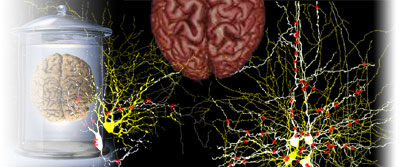

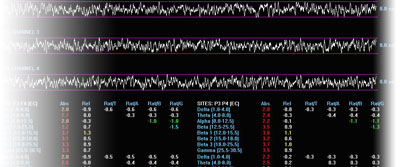
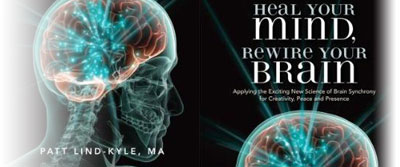
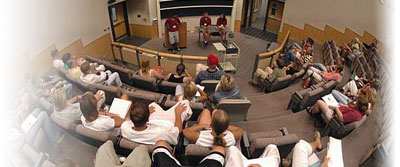
 Thomas Collura
Thomas Collura Steve Warner
Steve Warner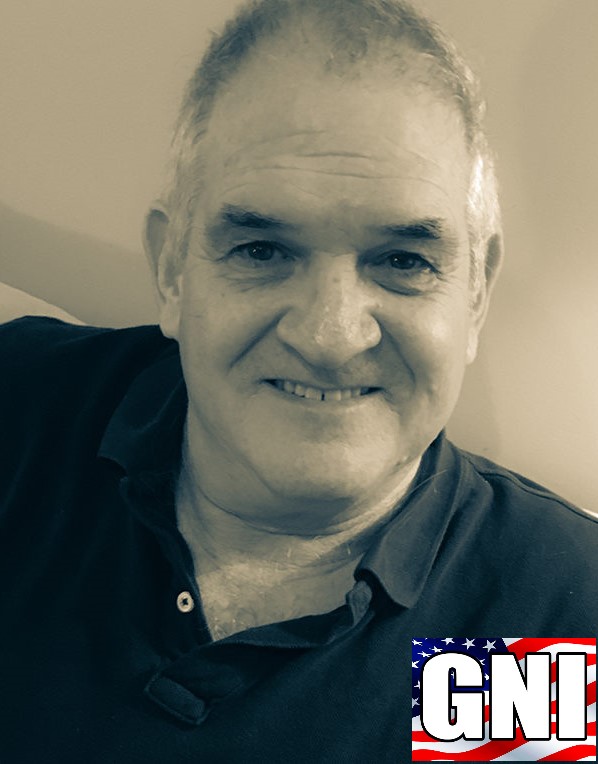 Jeff Reich
Jeff Reich Dolores Gaxiola
Dolores Gaxiola J. Michael Griffin
J. Michael Griffin Richard McAlister
Richard McAlister McGill Scott
McGill Scott John Demos
John Demos Penijean Gracefire
Penijean Gracefire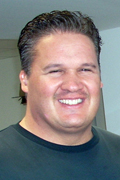 Bill Mrklas
Bill Mrklas Mark Smith
Mark Smith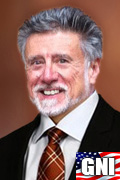 Dick Genardi
Dick Genardi Leonardo Mascaro
Leonardo Mascaro Thomas Brownback
Thomas Brownback Thomas Feiner
Thomas Feiner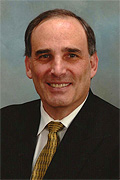 David Cantor
David Cantor Andre Keizer
Andre Keizer Joseph Guan -Tech
Joseph Guan -Tech Christen Stahl
Christen Stahl Jeff Tarrant
Jeff Tarrant Debora Joy Elliott
Debora Joy Elliott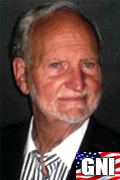 Jacob Elliott
Jacob Elliott Wes Center
Wes Center Rich Davis
Rich Davis Lori Miller
Lori Miller Giuseppe Chiarenza
Giuseppe Chiarenza Yvonne Tate
Yvonne Tate Lisa Black
Lisa Black Kathie Schofield
Kathie Schofield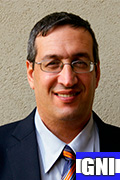 Doron Todder
Doron Todder Jay Gattis
Jay Gattis Donna Creasy
Donna Creasy Kristen Elliott
Kristen Elliott Dayna Naver
Dayna Naver